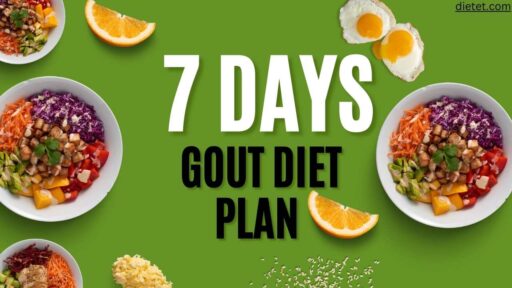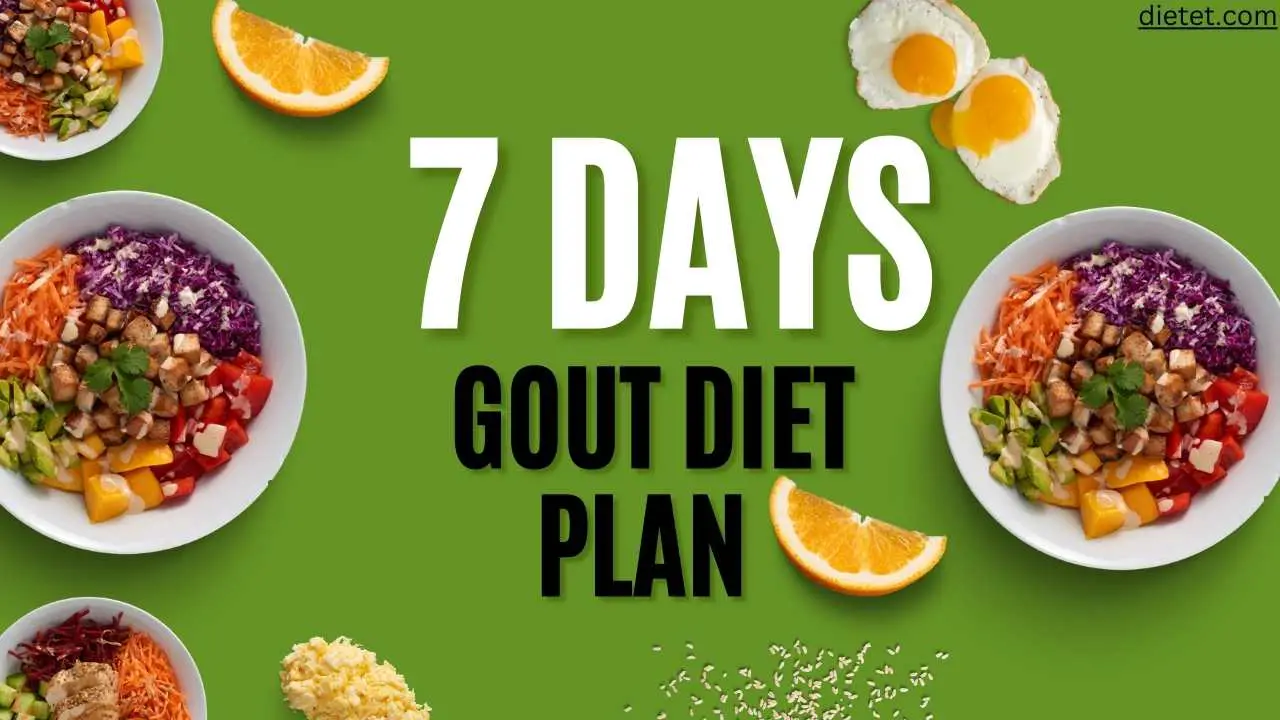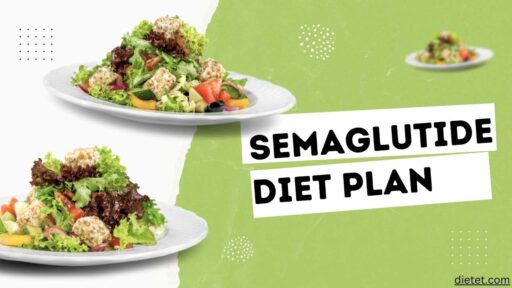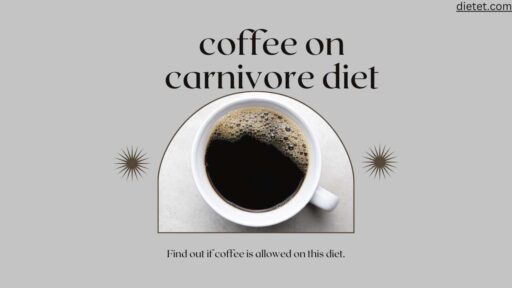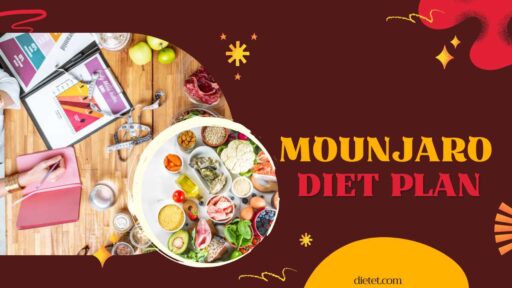Discover an effective 7 day gout diet plan designed to manage symptoms and promote overall well-being. Take control of your health today.
Gout sufferers can get numerous health advantages from adhering to a seven-day gout diet. This diet plan is aimed at consuming low-purine foods, ensuring constant hydration, and controlling weight appropriately. An individual will be able to reduce the chances of gout attacks by including fruits, vegetables, whole grains, lean meats, and healthy oils in the daily menu. Moreover, remaining hydrated while steering clear of purine-rich foods and alcohol assists with lowering the amounts of uric acid in blood leading to improved joint health as well as decreased inflammation linked to gout.
The Key Points of the 7 Day Gout Diet Plan
- Emphasizes low-purine foods such as fruits, vegetables, whole grains, and lean proteins.
- Promotes hydration to help flush out uric acid from the body.
- Encourages moderation in portion sizes to maintain a healthy weight, as obesity is a risk factor for gout.
- Advises against purine-rich foods like red meat, organ meats, shellfish, and certain types of fish.
- Suggests limiting or avoiding alcohol, particularly beer and spirits, which can trigger gout attacks.
- Spread meals and snacks evenly throughout the day to maintain steady energy levels and prevent overeating.
Understanding Gout: Causes, Symptoms, and Triggers
Gout is a form of arthritis characterized by sudden and severe pain, swelling, and redness in the joints. It happens when there is too much uric acid. It forms crystals in these tissues, causing inflammation. Most often gout occurs as intense pain, particularly at the big toe but it can also hit other places such as ankles, knees, or wrists.
There are many reasons why somebody can develop gout disease one should take into consideration. These are genetic issues, obesity, high blood pressure, and diabetes. They are caused by eating foods with lots of purine. Purines are in foods like seafood, alcohol, and red meat. When these foods break down in the body, they make uric acid.
Furthermore, there are some triggers responsible for causing bouts of gout besides these causes. These triggers include: eating too much purine-rich food, abusing alcohol, being dehydrated, and using medications like diuretics. We must fully understand these factors and triggers. They are key for managing and preventing gout attacks.
The Importance of Diet in Managing Gout
Diet is key for managing this arthritis. It reduces how often and how severe its attacks are. By changing your eating plan, you will play a crucial role in lowering uric acid levels and cutting the risk of gout flares.
Limiting high-purine foods is key for a gout diet. These foods include liver, mussels, meat, and fish like sardines and anchovies. Eat more vegetables, fruits, wholewheat, and low-fat milk products which are low in purine content.
Another important aspect to consider when it comes to managing gout through diet is weight management. Obesity can lead to increased production of uric acid in your body hence increasing chances of developing gout. Losing weight by adopting healthy eating habits. Also, by doing regular physical activities. This will help decrease how often and how severe you get gout attacks.
Introducing the 7-Day Gout Diet Plan
Our seven-day plan provides meals that are not only delicious but also healthy. They have different dishes with few or no purines. This helps our well-being. So, the editor mixed many foods from different categories. This ensures we get all the nutrients our bodies need.
Each day includes options for breakfast, lunch, dinner, and snacks that are palatable enough if not good for gouts. Importantly however bear in mind that this program must not be substituted with medical advice or treatments but rather used as an adjunct one help structure healthy balanced diets.
Day 1: Breakfasts, Lunches, Dinners, and Snacks
Think about lunch. Have a grilled chicken salad with spinach, cherry tomatoes, and cucumbers. Put a light vinaigrette on it. It is a low purine vegetable that is rich in vitamins and minerals; hence it is also an excellent source for spinach and grilled chicken which supplies lean protein.
Dinner: For dinner, prepare a delicious baked salmon fillet along with roasted asparagus and quinoa. Salmon is oily fish with low purine content but high in omega-3 fatty acids which are anti-inflammatory.
Snack: A handful of almonds or walnuts will serve as your healthy snack. Nuts are an excellent source of healthy fats and can help reduce inflammation.
Day 2: Breakfast, Lunch, Dinner, and Snack Options
- Breakfast: Have a vegetable omelet prepared using egg whites full of spinach, mushrooms, and bell peppers inside only. Egg whites stand as low-purine protein sources while vegetables contain necessary vitamins plus minerals.
- Lunch: Choose the turkey wrap with wholewheat tortilla rolled around the turkey breast, lettuce, tomatoes, and avocadoes. Turkey is much leaner compared to beef or chicken since it contains low amounts of purines whereas avocadoes offer healthy fats.
- Dinner: Try some grilled chicken breasts accompanied by steamed Broccoli and brown rice. Chicken has lower levels of purine yet broccoli being a fiber-rich grain falls under the category of those vegetables that have very low purine concentrations.
- Snack: Go for Greek yogurt mixed with fresh fruits. Its concentration of proteins makes Greek yogurt qualify in the list of foods that have lower purine content than others such as milk.
Day 3: Breakfast, Lunch, Dinner, and Snack Options
- Breakfast: Start your day off right with a bowl of whole-grain cereal topped with skim milk (low fat) and slices of banana. Whole-grain cereals are high in fiber and low in purine.
- Lunch: Enjoy a quinoa salad mixed with vegetables, and chickpeas and then dressed with lemon tahini. Quinoa is a protein-packed grain with low levels of purines while chickpeas provide extra proteins and fibers.
- Dinner: A grilled shrimp skewer along with grilled zucchini and couscous can be had for dinner. Shrimp, as seafood, has a lower content of purines; on the other hand, zucchini is an anti-oxidant-rich vegetable from which one can get his or her daily supply of vitamins and minerals.
- Snack: This could also be a bunch of grapes or a watermelon slice. These fruits have low purine content but are high in water content.
Day 4: Breakfast, Lunch, Dinner, and Snack Options
- Breakfast: Take whole wheat toast topped with natural peanut butter and spread it while putting sliced strawberries above that. Whole wheat toast is low in purines. It’s one of the carb options available. Natural peanut butter has healthy fats.
- Lunch: It consists of lentil soup together with mixed vegetables plus a side salad. Since it’s rich in fiber-lentils come as leguminous plants that have the lowest levels of purines as well as the highest supplies of proteins.
- Dinner: Try grilling a steak along with roasting sweet potatoes while steaming green beans alongside it too. While red meats have higher concentrations of purines; still some small amounts could still be enjoyed occasionally. Sweet potatoes and green beans can both serve as low-purine accompaniments.
- Snack: Lastly you may prefer to eat cherry tomatoes or cucumber salad containing several pieces. Cucumbers and cherries, thus, provide hydration especially when they are taken raw since these snacks contain very little uric acid.
Day 5: Breakfast, Lunch, Dinner, and Snack Options
- Breakfast: Make a smoothie with low-fat yogurt, spinach, pineapple and chia seeds. We can consider low-fat yogurt as a food with less purine. It’s made from dairy. Pineapples and spinach are fruits with low purity.
- Lunch: Grilled vegetable wrap with grilled eggplant, zucchini, bell peppers, and feta cheese on whole wheat tortilla. Vegetables that are grilled are low in purity and have good taste.
- Dinner: Baked chicken breast served with wild rice and roasted Brussels sprouts. Chicken is a low-purine protein source while Brussels sprouts are a low-purine fiber-rich vegetable
- Snack: Dried apricots or low-purine cheese; either option is satisfactory and not high in purines.
Day 6: Breakfast, Lunch, Dinner, and Snack Options
- Breakfast: Granola-topped Greek yogurt bowl with mixed berries. Greek yogurt is a high-protein dairy product with less purines while mixed berries have some little uric acid content.
- Lunch: Black bean corn salad with lime-cilantro dressing and mixed greens. Black beans are legumes that contain less amounts of purines while they are rich in fiber and proteins.
- Dinner: Grilled salmon fillet roasted cauliflower quinoa. Salmon is a seafood that has few purines whereas cauliflower has antioxidants and is an example of a low-purine vegetable.
- Snack: on unsalted mixed nuts or protein bars if you have gout. Both options keep away hunger for a long time and offer vital nutrients.
Day 7: Breakfast, Lunch, Dinner, and Snack Options
- Breakfast: Egg white spinach tomato frittata topped with feta cheese. The whites lay the foundation for proteins that taste less bitter. This is unlike those in the yolk. But, vegetables supply key minerals and vitamins to the body.
- Lunch: Tuna salad with lemon-dill dressing cherry tomatoes cucumber mixed greens. Tuna fish have little uric acid. So, its high omega-3s help prevent gout.
- Dinner: Brown rice grilled stir-fried vegetables tofu. Tofu is a low-purine protein. Vegetarians use it. Stir-fried veggies provide different nutrients.
- Snack: Sliced bell peppers or hummus; both snacks are crunchy and non-purine.
Tips for Success and Long-Term Management
Stay hydrated by drinking enough water throughout the day to remove excess uric acid from the body.
Uric acid levels can be increased and gout attacks triggered when you drink excessive alcohol.
Make it a habit to exercise regularly to maintain a healthy weight and minimize the risk associated with gout flare-ups.
Rapid loss of weight that comes along with fad diets or fasts increases uric acid levels in your blood and hence should be avoided.
Ask healthcare or nutrition professionals for advice. They will design individualized meal plans.
Credit: 247 For Self
Frequently Asked Questions about the 7-Day Gout Diet Plan
Can I still eat meat on the gout diet plan?
Purines in meats are in small amounts. But, you should eat as little of them as possible. Though, you can have lean ones once in a while.
Are there any beverages I should avoid on the gout diet plan?
Sugary drinks like soda should be limited. Alcohol can cause gout in people with hyperuricemia.
Conclusion
the 7-day Gout Guardian diet plan offers a structured approach to managing gout through dietary choices. By emphasizing foods low in purines and high in anti-inflammatory properties, such as fruits, vegetables, whole grains, and lean proteins, this plan aims to alleviate symptoms and prevent flare-ups. Additionally, staying hydrated and limiting alcohol and sugary beverages are integral components. The Gout Guardian plan not only provides a practical roadmap for those dealing with gout but also promotes overall health and well-being through balanced nutrition. Adhering to this regimen may empower individuals to better control their condition and enhance their quality of life.

